Meet the white-skinned Daikon radish
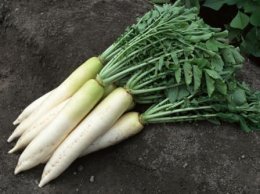
Since ancient times, radishes have been grown on our land. People from old to small have talked about its beneficial properties, since this vegetable really has miraculous powers. But radishes are different from radishes. And if previously our great-grandfathers ate mostly black varieties, in recent years in Russian gardens you can increasingly find a white guest from Japan - Daikon or sweet radish.
Like its “dark-skinned” domestic relative, Daikon is useful for colds, as well as for disorders of the liver, gall bladder, and intestines. Additionally, it lacks the bitter oils that make black radish harmful to older adults.
Healthy and tasty Daikon has become popular with us due to its unpretentiousness, excellent preservation and high yield. The best time to sow this crop is the second half of July. Instead of fresh manure, it is better to sprinkle freshly cut nettles before planting. At least this is what experienced summer residents who are well familiar with this variety advise.
Like any other garden, Daikon radish needs minimal care - weeding, watering (when there is not enough natural moisture). Ash helps well against the invasion of small pests - midges. Sprinkle the young shoots thickly; if it rains, repeat the procedure. You can harvest the crop gradually as it grows. It’s so nice to take the first, young, sweet, white roots out of the ground. It is better to do this in dry weather, helping with a shovel if necessary.
There are many recipes for salads with Daikon.In terms of taste, its tender pulp is a little reminiscent of turnips or cabbage stalks.

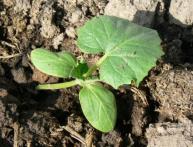
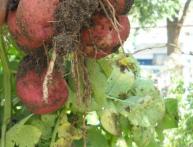
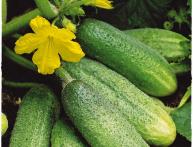
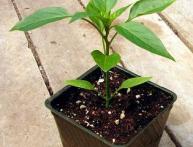
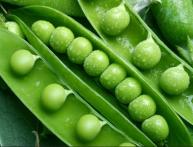
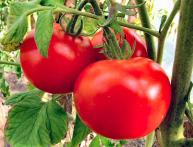

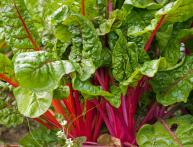
Comments
I really like radishes. It is a very healthy vegetable and very unique. It contains many useful substances. But there are practically no harmful substances and various nitrates. And all because all harmful substances do not accumulate in the root crop, but settle in the leaves of the plant.